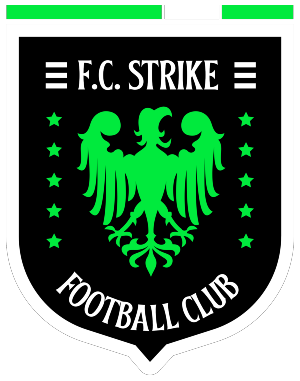Hello Team and Soccer Families,
Coach Mick here! Today, let’s talk about a skill that can really make a difference in a game – heading the ball. It can be a thrilling sight to see a player leap and direct a well-timed header into the back of the net or clear a dangerous ball from the defense. But headers need to be performed safely and effectively. Here’s how.
Safety First
Safety should always be the top priority when it comes to headers. Given recent research on concussions and heading, it’s essential to follow the U.S. Soccer guidelines which prohibit players aged 10 and under from heading the ball in practice or games, and limit the amount of heading for players aged 11-13.
Technique is Key
The correct technique can make your headers more effective and safer. Here are some key points:
- Positioning: Anticipate the flight of the ball and position yourself correctly. Use your arms for balance and to protect yourself.
- Neck Strength: A strong neck can help control the direction and speed of the header. Regular neck strengthening exercises can help.
- Contact: Aim to make contact with the ball on your forehead, the hardest part of your head. Keep your eyes open and on the ball.
- Follow Through: The direction you move your head when heading the ball will dictate the ball’s direction. Follow through towards your target.
Practice Makes Perfect
Like any soccer skill, practice makes perfect. Once players are of an age where heading is allowed and safe, they can begin to practice with soft balls before moving on to regular soccer balls. This can help them become comfortable with the technique without the fear of pain or injury.
Remember, soccer is a game meant to be played primarily on the ground, with feet. While headers can add an exciting dimension to the game, they must always be performed with safety in mind.
Stay safe and keep practicing,
Coach Mick

